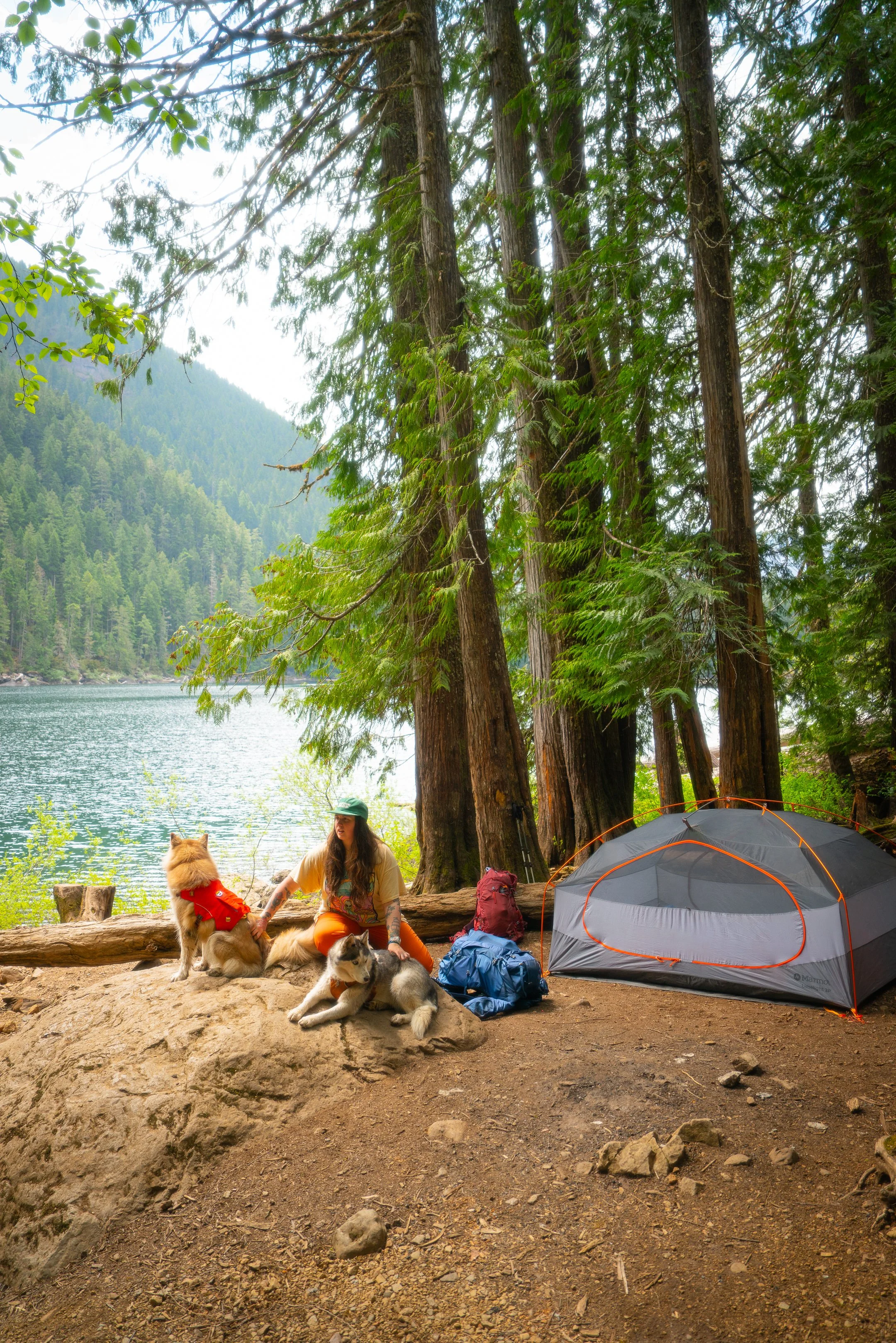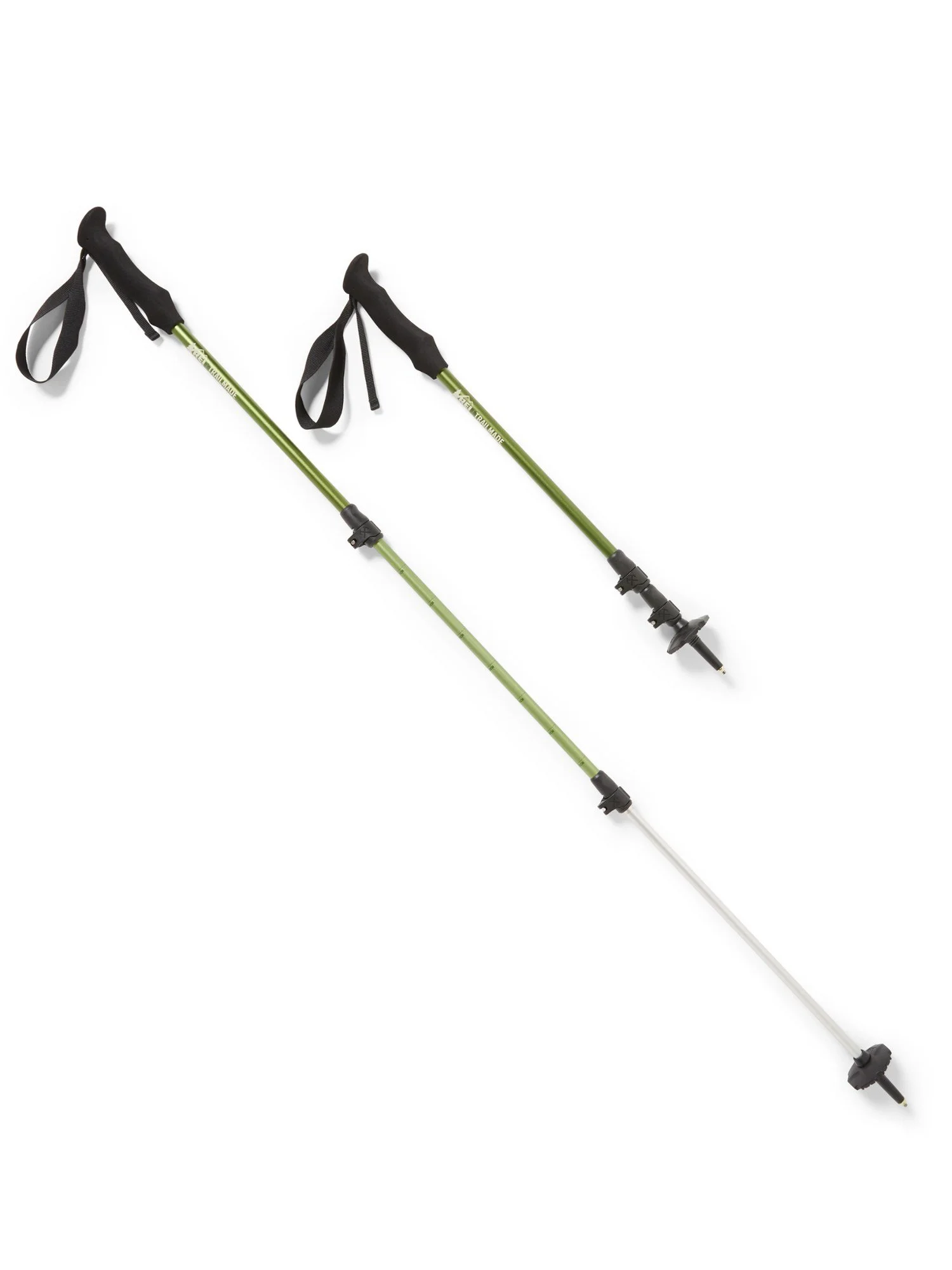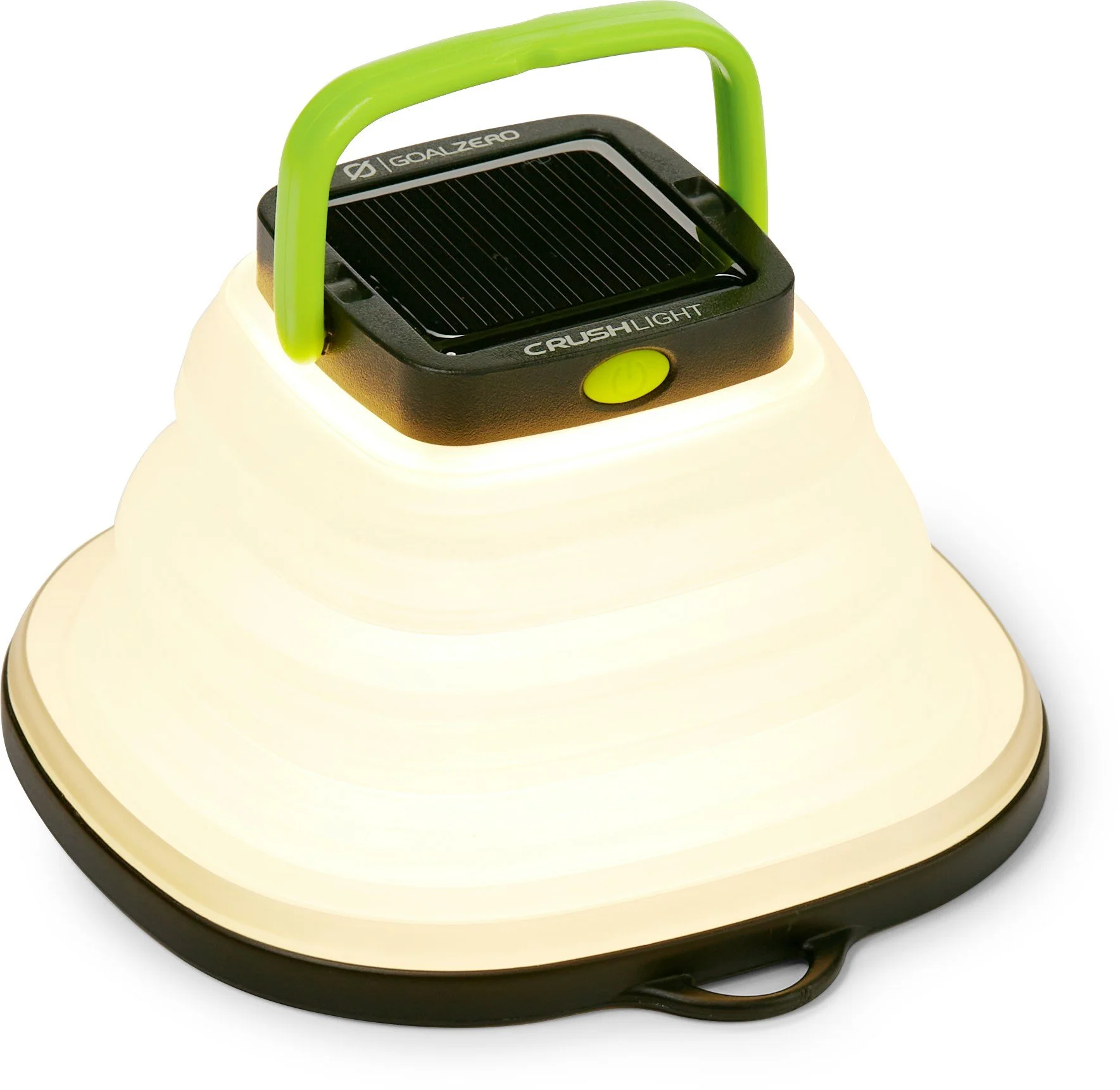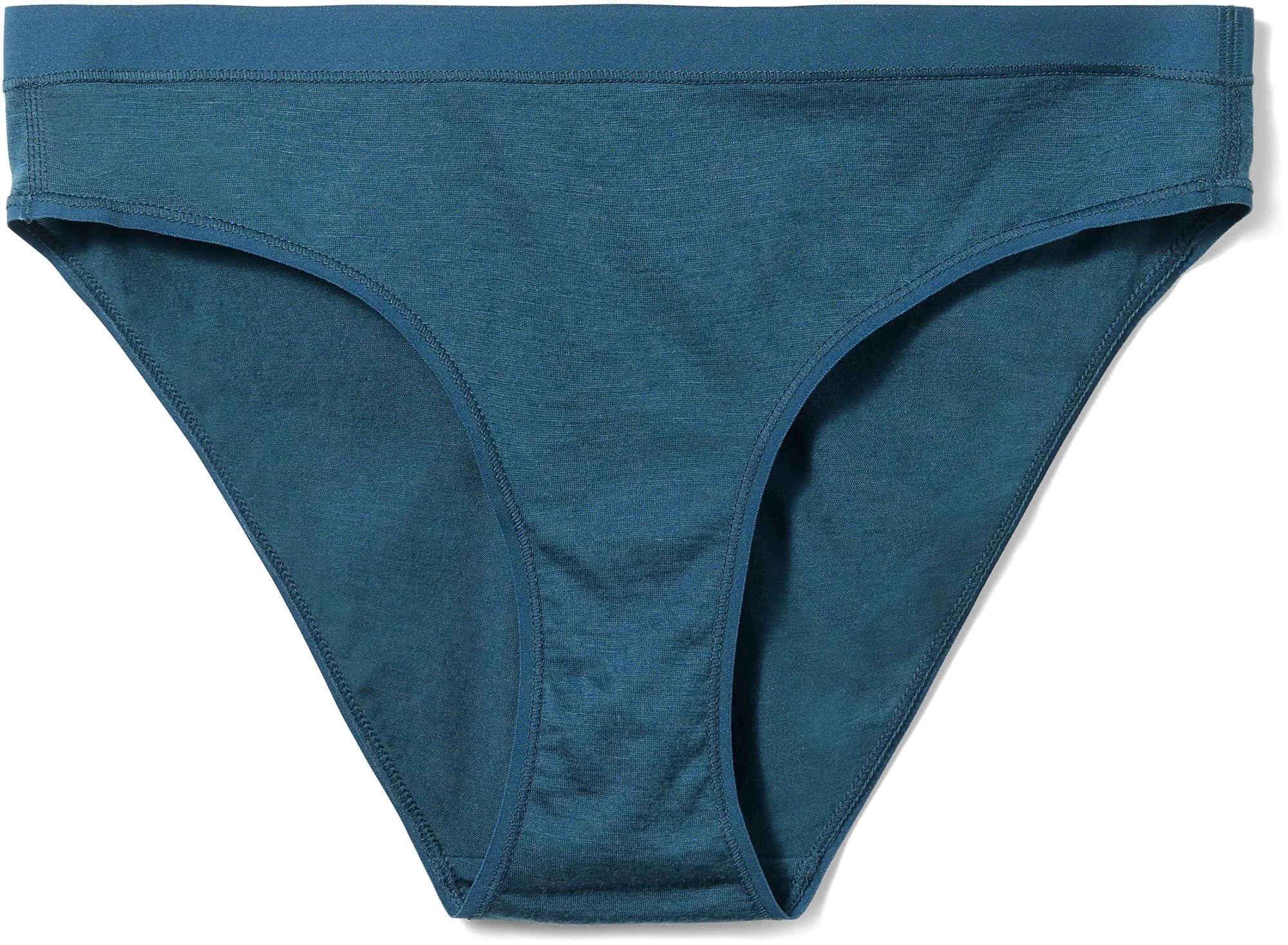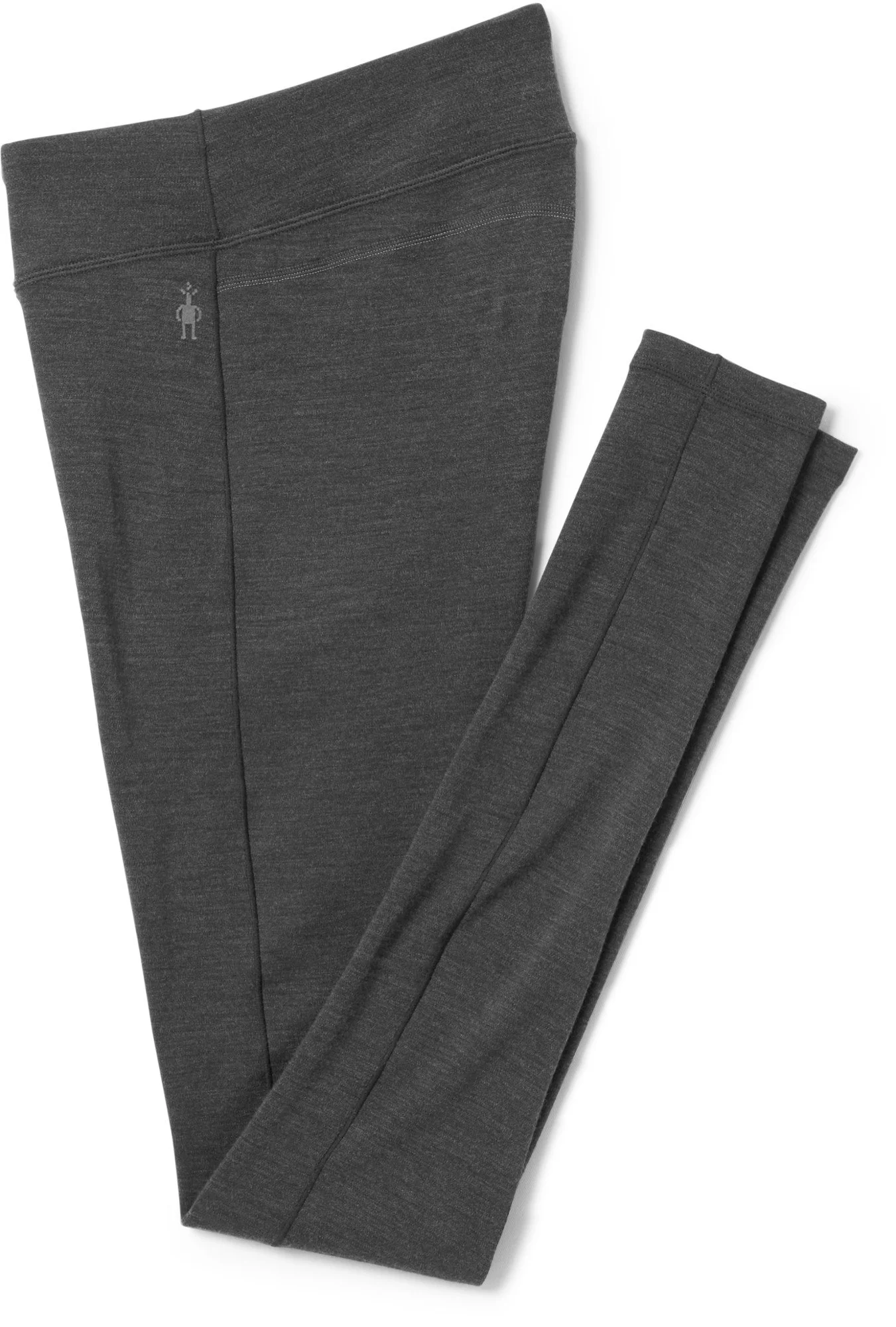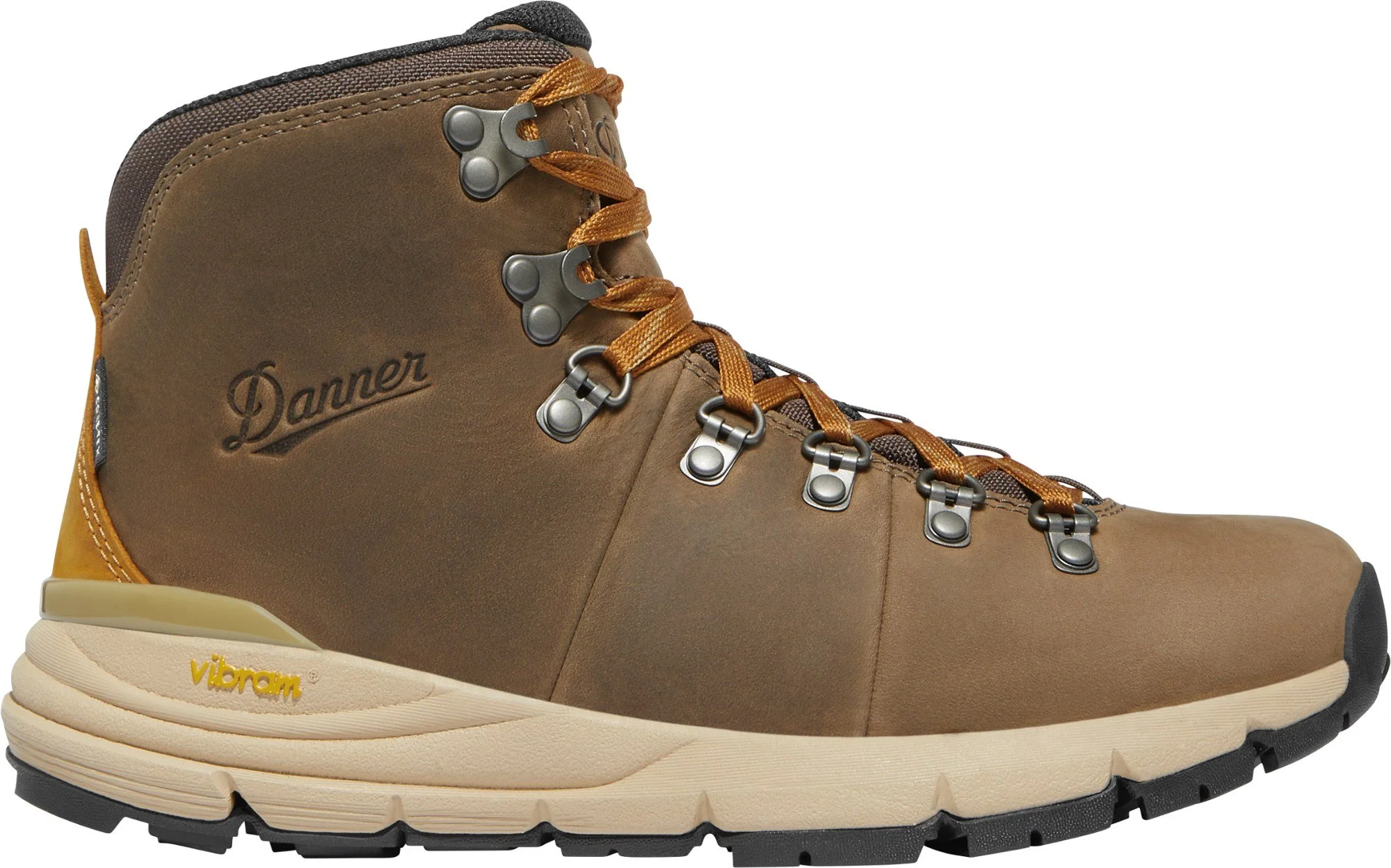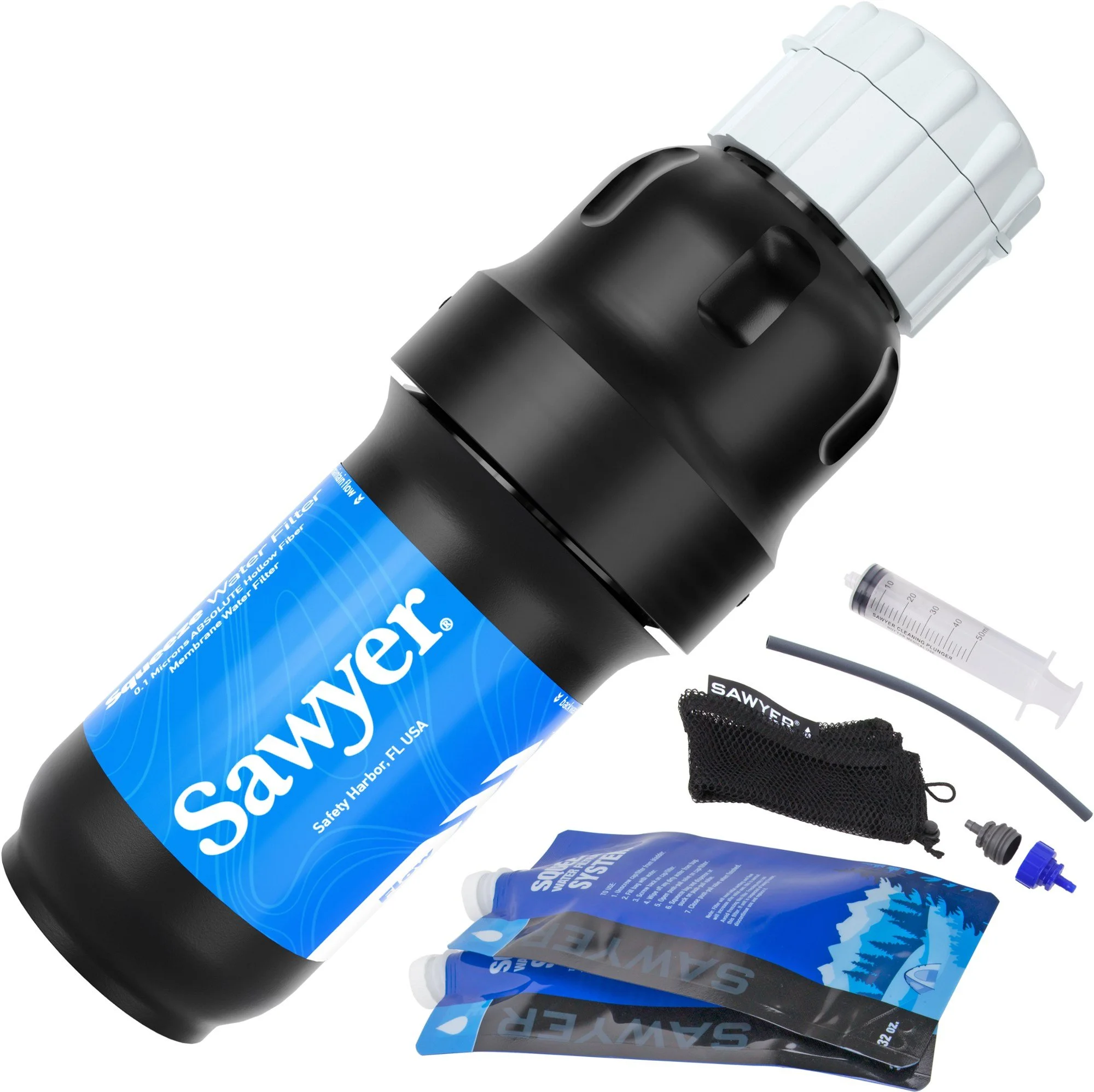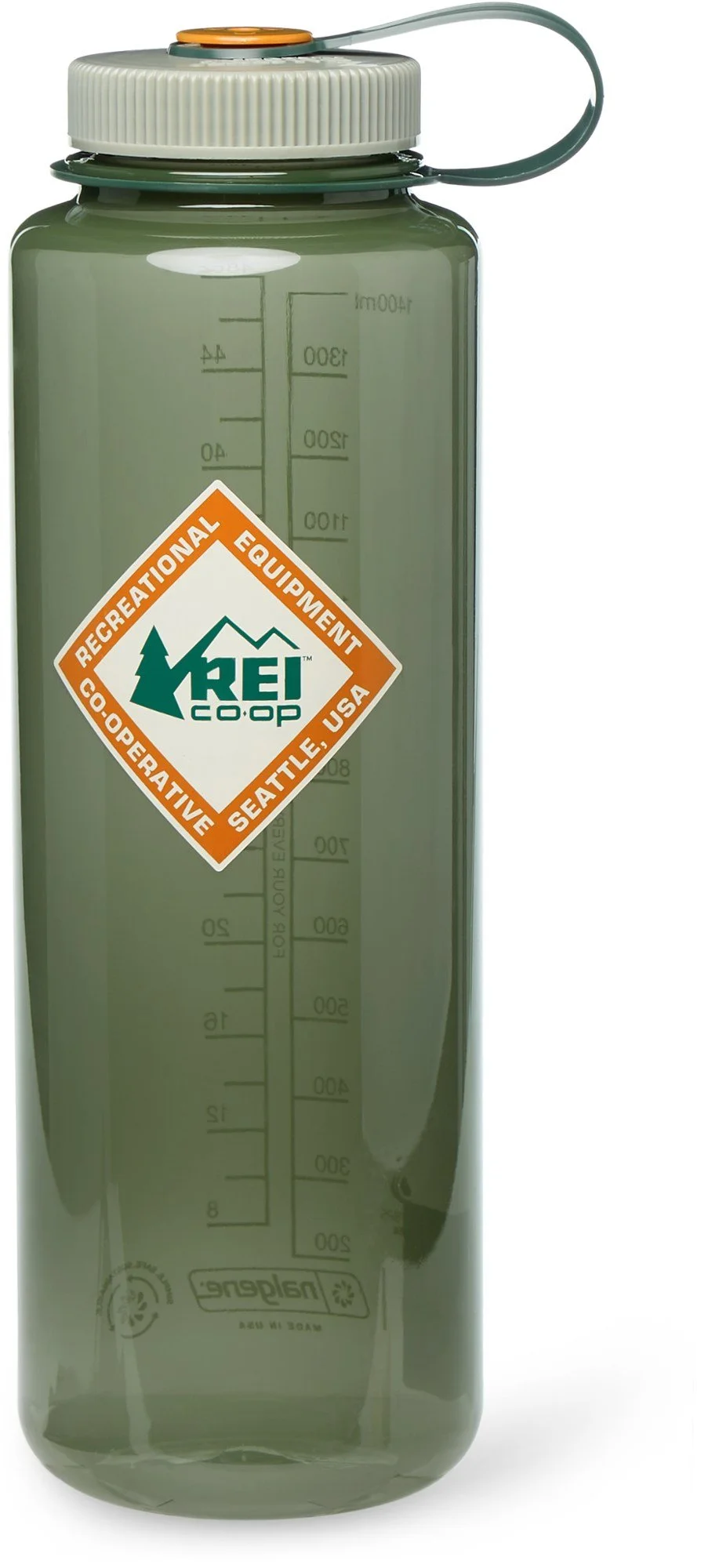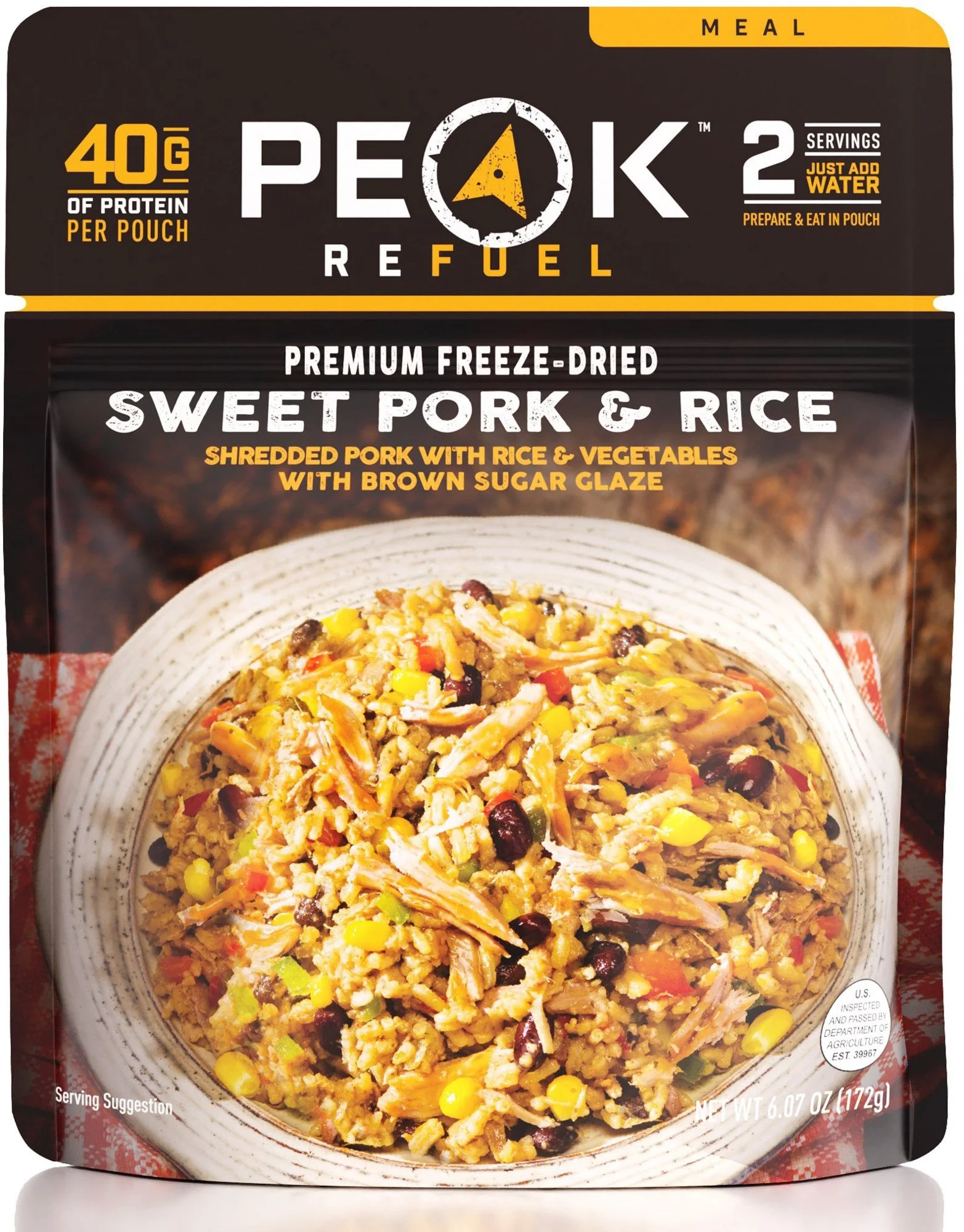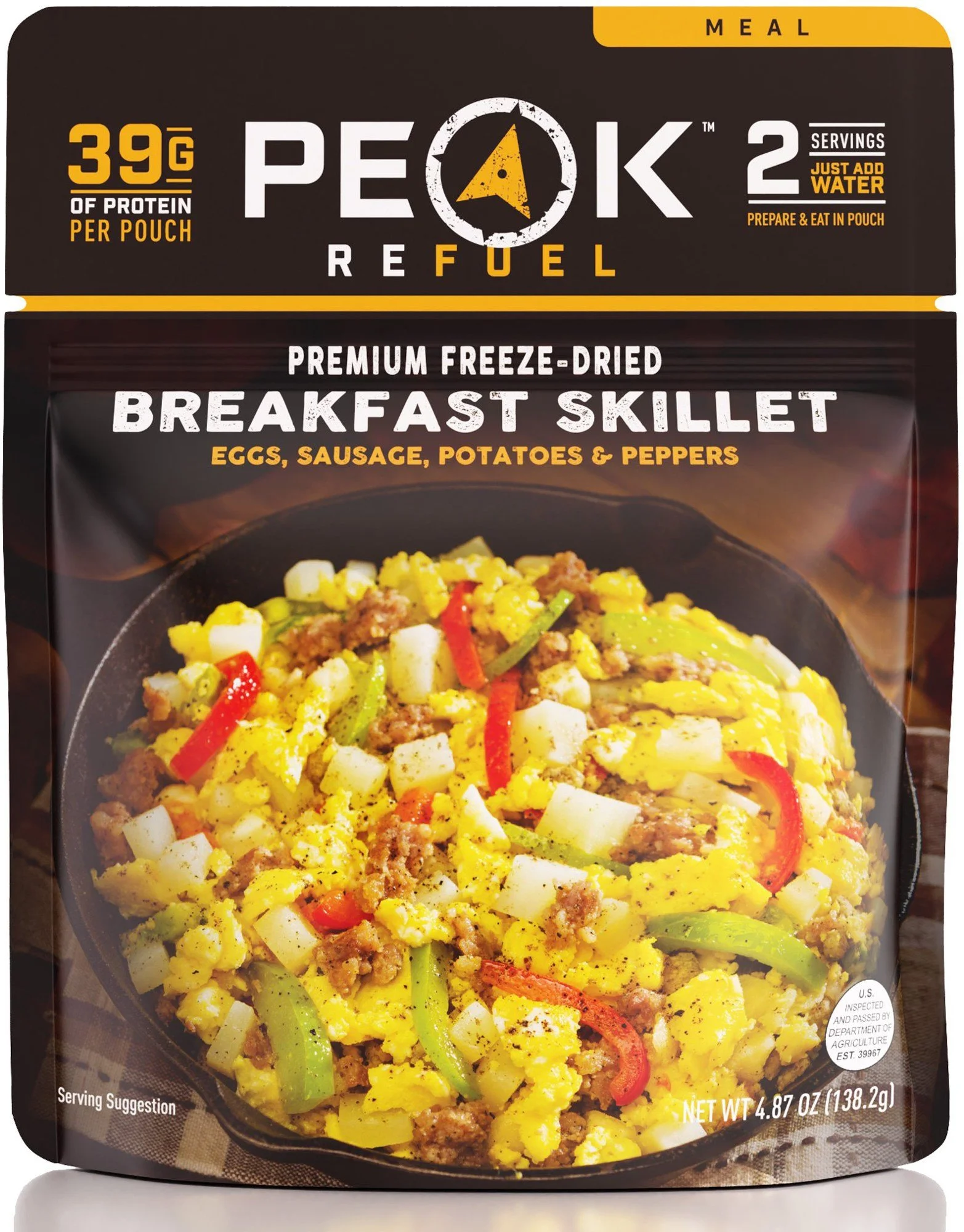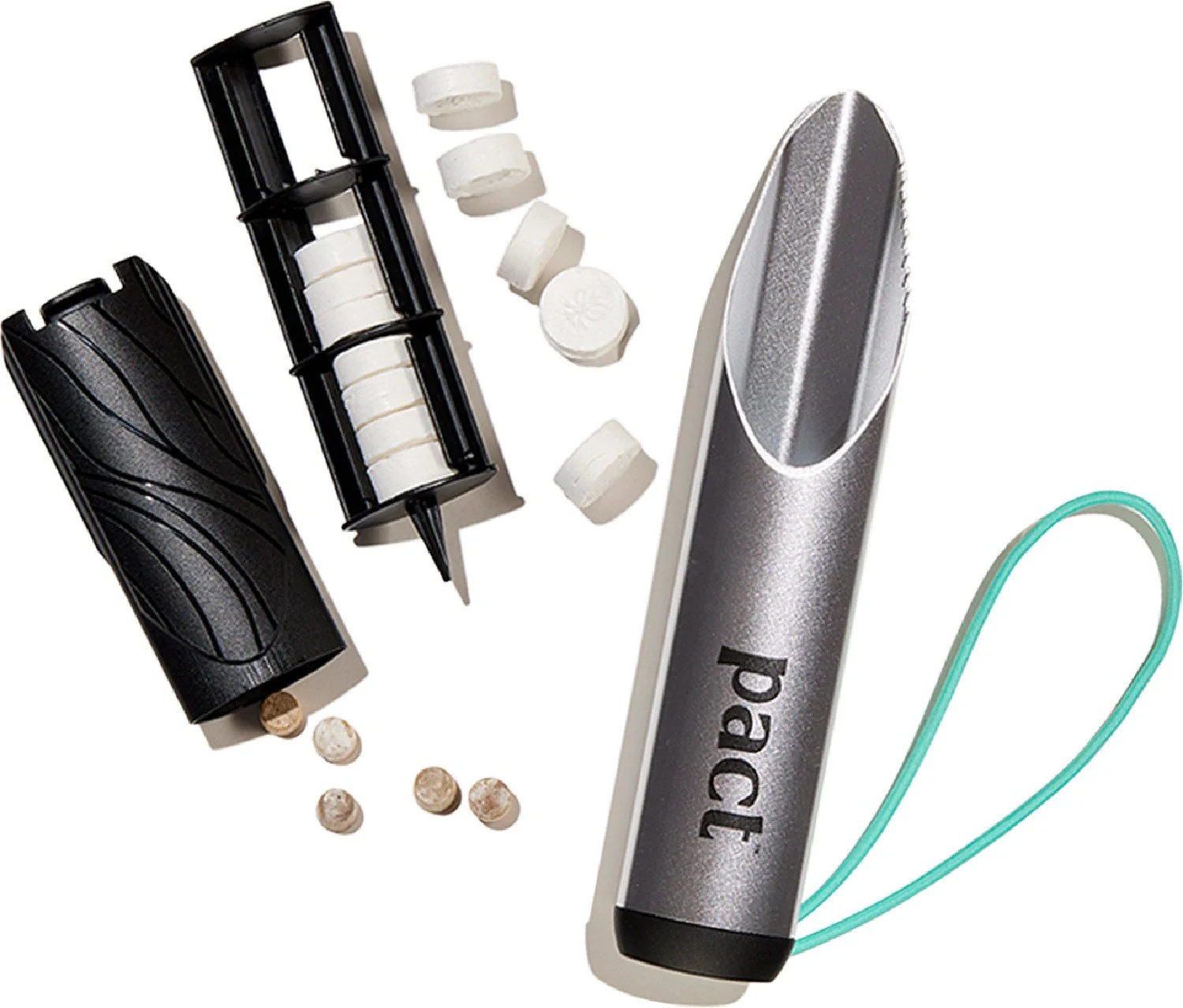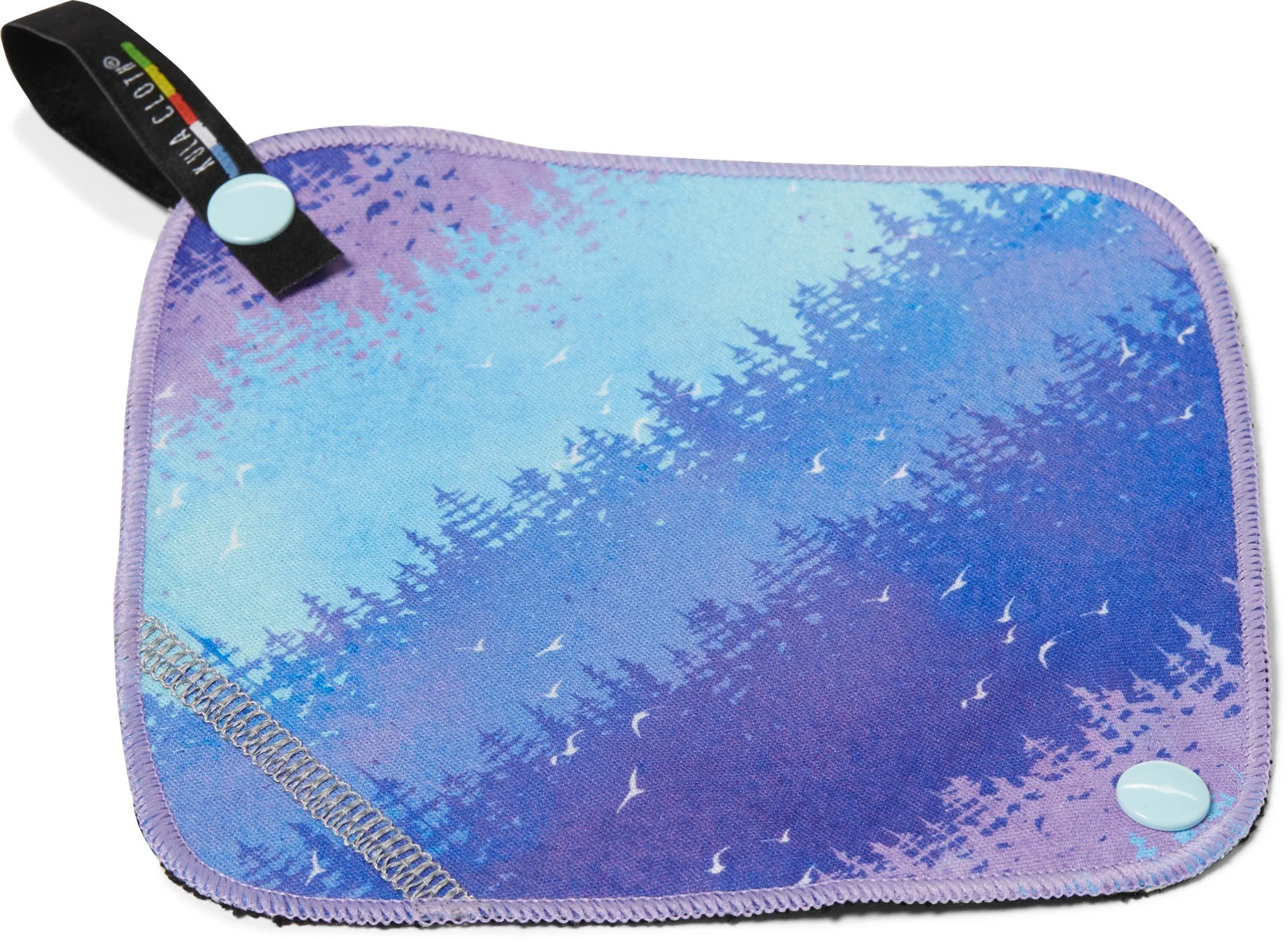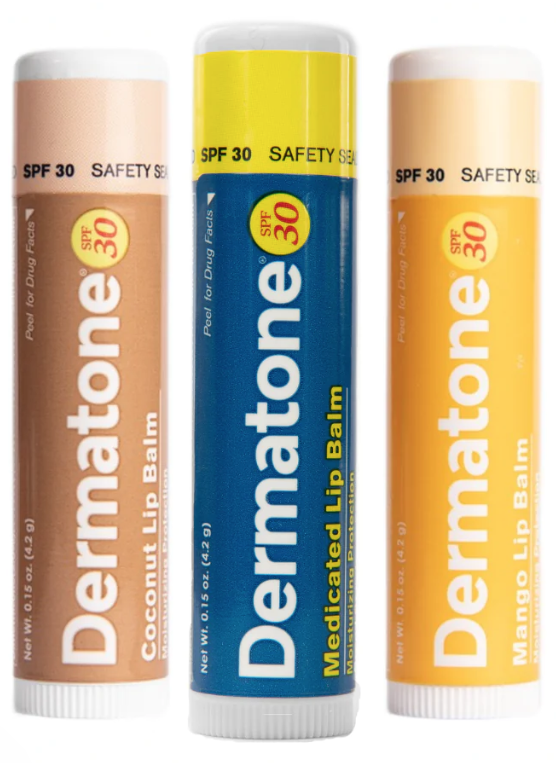Backpacking Gear
Backpacking season is almost here, and so I thought I would put together a list of all of my gear! I tried to include multiple options of as many items as possible, but I really only wanted to speak to items I have used before. Let me know if you have any suggestions to add!
Backpacking Gear:
Backpack-I have always used Gregory Backpacks and love them! For 1-3 night trips I use my Kalmia 60 and I find it to be the perfect size. I love that Gregory also offers it in plus-size which can be hard to come by in the outdoor gear industry.
Backpacking Tent- We recently upgraded our backpacking tent to the REI Half Dome SL3+ because it’s lighter and bigger than our last tent, an older version of the Marmot Limelite. The Half Dome SL3+ has 48.75 sq. ft. of floor space and weighs just under 6 lbs. We had an older version of the Half Dome 3+ years ago and we really loved it, so we decided to go back to it. This tent also comes with a footprint included!
We also own an ultralight tent from Marmot called the Superalloy 3P that is so awesome. It only weighs 2lbs and 14 oz! The only reason we don’t use it as our main backpacking tent is space. Between myself at 5’10”, Adam 6’3” and our two large dogs, its just a really tight fit with 37.7 sq. ft. of floor space. If you are smaller people or have smaller dogs, I highly recommend it because it is so light!
Sleeping Bag- Adam and I have been using the Kelty Cosmic 20 Down Sleeping Bags for the last few years and we really like them! The men’s version comes in three sizes, short regular and long. I actually have a women’s regular and despite the fact that it says it only fits a person up to 5’8”, at 5’10” I fit in the regular just fine. It weighs 2lbs 7oz and it’s super cozy!
Sleeping Pad- My preferred sleeping pad arrangement is not necessarily the lightest option, but it’s worth it to me! I like to double up my sleeping pads. I put a closed-cell foam pad down first. This both increases the overall R-Value of my sleep setup and helps to protect my inflatable sleeping pad from getting punctured. I have the Therm-a-Rest Z Lite Sol Sleeping Pad but the NEMO Switchback Sleeping Pad is equally good. On top of this I put my inflatable sleeping pad, the Big Agnes Boundary Deluxe Insulated Sleeping Pad. This pad is so comfortable and thick enough that it allows me to sleep on my side without my hip bones touching the ground. I love it so much!
Pillow-As a side sleeper I really enjoy the Klymit Pillow X Inflatable Camp Pillow. I like to keep it slightly deflated so its soft and my ear goes right in the center of the X. I feel like it supports my neck better than any other pillow I’ve tried.
Headlamp-I have always used a simple Petzl Headlamp and it’s never failed me! I just make sure to bring back up batteries.
Trekking Poles- I definitely recommend using trekking poles for backpacking trips. They help to provide more stability, which I think is especially important while you’re carrying heavy weight. These REI Trekking Poles work great! They are adjustable so you can get them to the perfect length, which is generally when your arm is at a 90 degree bend when holding onto the handles with the tips touching the ground. This may translate into needing them to be a bit shorter on long uphill sections, or a bit longer on downhill sections.
Packable Lantern-Our Goal Zero Crush Light Lantern is one of my favorite pieces of backpacking gear. It barely takes up any room and its so nice to have a light source to hang in our tent! It’s rechargeable both through a micro-usb and through the solar panel on top!
Bear Spray-I have this on me for every trip to the backcountry!
Navigation
Digital Map-I always download a trail map for the area that I will be traveling to. I most often use All Trails, but I tend to use WTA while I’m in Washington. Both have mobile-friendly Apps!
Compass and Map-Part of the 10 Essentials is to carry a compass and paper map, especially in case your digital devices fail you. REI sells a bunch of maps, but you can always check in at your local Forest Service Ranger Station.
Satellite Messenger-I have the Garmin inReach Mini 2 for extra peace of mind when I’m on trips in the backcountry. It allows me to send messages to friends or family or just send out an SOS signal in case of emergency. Be advised that it does require an active subscription!
Clothing
Moisture-Wicking Underwear-I recommend avoiding cotton underwear on backpacking trips because they tend to stay wet. I choose underwear that are either a merino wool or polyester blend that will dry quickly. Here are a few options:
Base Layers-I almost always bring a base layer top and bottom on backpacking trips both incase it gets colder than anticipated, and to wear to bed at night. Temperature ratings for sleeping bags are actually based on the person wearing long underwear on!
Socks-I always make sure to have at least one extra pair of wool socks aside from the pair I’m wearing! Smartwool is the brand that I wear most often. The amount of cushion I prefer tends to depend on what shoes I’m wearing and how cold it will be.
Moisture Wicking Sun Shirts- I love a cute tank or crop top of course, but if I’m going for maximum sun protection for long days out on the trail, I wear a long-sleeved, moisture-wicking sun shirt. They’re not always my favorite looks-wise but they really are so comfortable when the sun is relentless. You don’t realize how much hotter you get just from the sun hitting your skin directly, as opposed to being blocked by a layer of clothing. Counterintuitively, sometimes adding more clothes can actually cool you down. I tend to choose shirts with hoods for added face and neck protection!
Additionally, these are really great pieces of clothing to treat with Permethrin Spray. This is a longer term bug repellent that lasts 6 weeks or 6 washes, whichever comes first. It cuts down on the amount of bug spray you’ll need to keep mosquitoes away significantly. I was a skeptic at first but I used it for the first season last year and I’ll never go without it.
Cotopaxi Sombra Sun Hoodie (This one is rather short and has an almost cropped fit, but is very cute and I love the material)
Hiking Pants-I was a leggings girl for a loooong time but recently I’ve pretty much completely converted to being a hiking pants girl. I love that they’re more abrasion resistant and looser fitting. I like to treat them with Permethrin for hiking and backpacking trips to help keep mosquitos off of me, and I end up with so any less bug bites than when I wore leggings. Here are some of my favorites:
REI Co-op Trailmade Pants These were my go-to pants last year for camping and backpacking. They are the most lightweight pant I have found and have a stretchy waist so they’re super comfortable!
Coalatree Trailhead Pants I have these in every color because I’m that obsessed with them. I wear them almost daily!
Lightweight Jacket-I really love bringing a lightweight insulated jacket for the evenings and mornings in case its chilly! Down is usually my go-to because its so warm for how light it is.
Patagonia Nano Puff Insulated Hoodie This one isn’t down, its synthetic but I like it a lot!
Hats-I usually wear a brimmed hat on backpacking trips, but I also bring a beanie with me for the evenings when it’s chilly. Since the beanie is pretty light weight I don’t worry too much about the extra weight- but I’m also an overpacked when it comes to clothes.
Boots-I generally prefer to wear waterproof boots on backpacking trips. There’s definitely debate over whether waterproof is better because it can, in theory, trap more moisture inside your shoes than non waterproof. For me, I really prefer to try to keep my feet from getting wet in the first place, and I feel like waterproof boots are the best options for that, especially in the Pacific Northwest. If I have to cross water that is deeper than my boots, I just take them off and put on my sandals.
Sandals-If I’m heading to a place that has a lake or any other place to swim, I bring a pair of lightweight sandals with me! Tevas are my favorite option as they are much lighter than Chacos.
Camp Kitchen
Backpacking Stove- I have been using a Jetboil Flash as my only backpacking stove for as long as I’ve been backpacking-so about 7 years! It’s an all-in-one system that can boil 16 oz. of water in 100 seconds! I love it and I cannot recommend it enough! Don’t forget fuel!
Eating Utensil-I always bring a long spoon to be able to reach the bottom of my backpacking meal bags!
Mug-I like bringing an insulated mug to make coffee and tea in. To me, the lighter weight the better! Titanium is great, but coffee gets cold in there so quickly! That’s why I prefer something like this:
Bear Canister-If you are backpacking in an area that is known to have bears, I definitely recommend using some sort bear protection. There are several methods, including hanging your food with cord and using a bear bag, but I have been using a bear canister and that works great for me. Mine is pretty big, but I usually fill it with any food or toiletries that need to be in it, and then fill in around it with other items that fit. Plus the 10 Essentials includes an extra day’s supply of food! It’s a big item but I like that it keeps things from being crushed in my backpack. I will say that they can be tough to open, especially when it’s cold out, so make sure you practice opening it before you get out on a trip!
Food & Water
Water Filter-I always bring two different ways of filtering water when I’m on backpacking trips-because I have had filters fail on me (none that I’m recommending here). The first is a squeeze water filter system. When I first got this kind of filter, I brought the bags that come with it, but I found that they can be really hard to fill in water sources. Now, I bring a disposable plastic water bottle like a smart water bottle that can catch water easily and still be squeezed. I also bring a gravity filter system that can filter a larger amount of water, just slowly. This is what I mostly use once I’ve set up camp.
Water Storage-I always have a water reservoir in my pack on backpacking trips. There are lots of brands that make them, but I prefer Camelbak’s design. They really are the easiest to fill because of the hard plastic handle attached to the opening (see image below). I also bring extra Nalgene bottles to store water in and drink out of at camp!
Meals-Okay I’m just going to go ahead and say it. I don’t know what people are talking about when they say backpacking meals are bad. I think they taste great, if you get the right ones, especially after hiking your butt off. Here are some of my favorites:
Peak Refuel Sweet Pork and Rice We love splitting this one and making it into a burrito with tortillas we bring along! Same with the breakfast meal below this.
Snacks- Here are some of my favorite snacks to bring along on trips:
Health & Hygiene
Hand Sanitizer- This is a must-have for me always! I love this Dr. Bronner’s Organic Hand Sanitizer that comes in a spray bottle.
Toothbrush and Toothpaste-While you can definitely bring your toothbrush and toothpaste from home, I generally bring at least a small travel-size tube of toothpaste to save weight. Additionally I just recently came across a cool toothbrush at REI that has a refillable tube to put toothpaste in that looks super cool!
Bathroom Kit- I just recently found the coolest bathroom that includes a trowel, dehydrated and compressed wipes, and mycelium tabs that help break down waste. The tabs also kill bacteria found in poop that can harm waterways and wildlife.
Kula Cloth-In addition to my bathroom kit, I also bring a Kula Cloth. It’s an antimicrobial pee cloth! It snaps closed so that the absorbent side is hidden.
Wipes-Body wipes are super helpful to have to freshen up! Make sure to also bring a sealable plastic bag to pack wipes and other waste out!
Microfiber Towel-This comes in handy for lots of reasons, particularly if you decide to go swimming!
Sun Protection
Sunglasses-I like to bring light, less expensive sunglasses on backpacking trips. Here are a few of my favorites:
Sunscreen-This is especially important, even if you have a sun shirt on! You still need to protect your hands and face. I’ve been using Dermatone sunscreen and I really like it! It doesn’t leave a white cast on your skin and its not greasy. Their lip balm is also awesome. It feels just like regular lip balm and smells amazing.
Emergency Items
I tried to cover pretty much everything here, but some things I didn’t cover include are menstrual products, eyeglasses, contacts, or medications. I suggest using a checklist before you head out on your trip to make sure you don’t forget anything.
Here is a complete backpacking checklist from REI.
